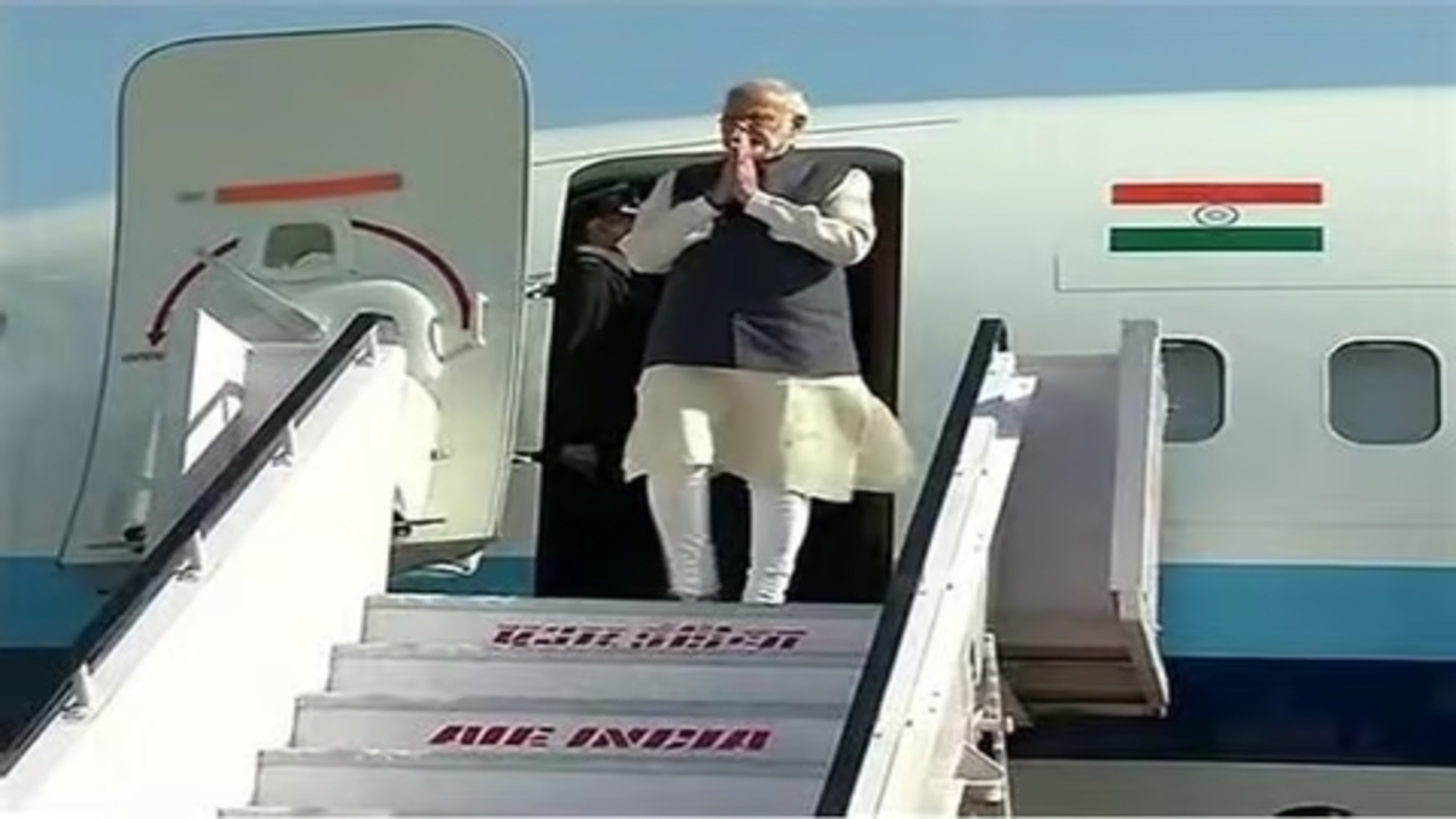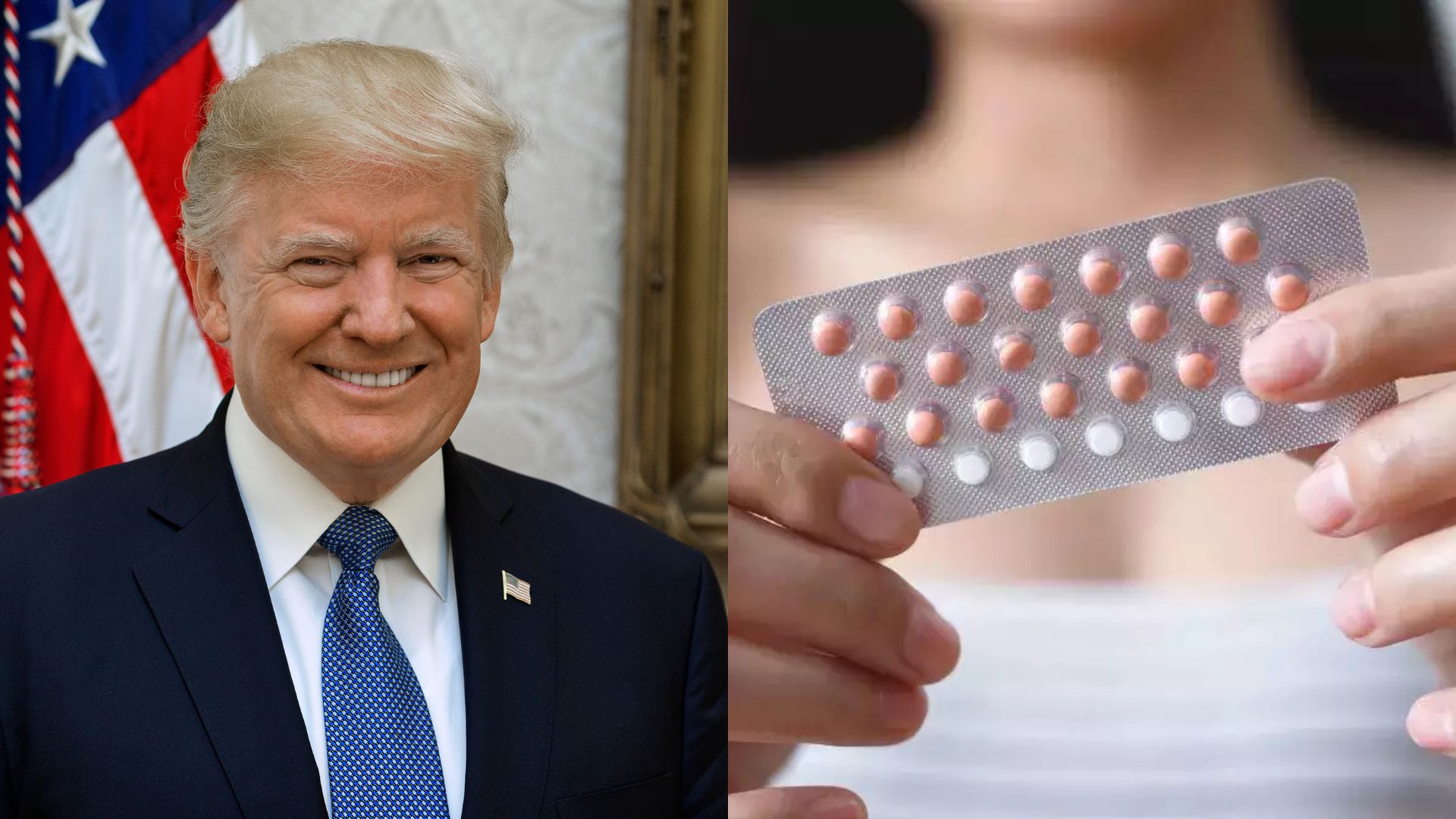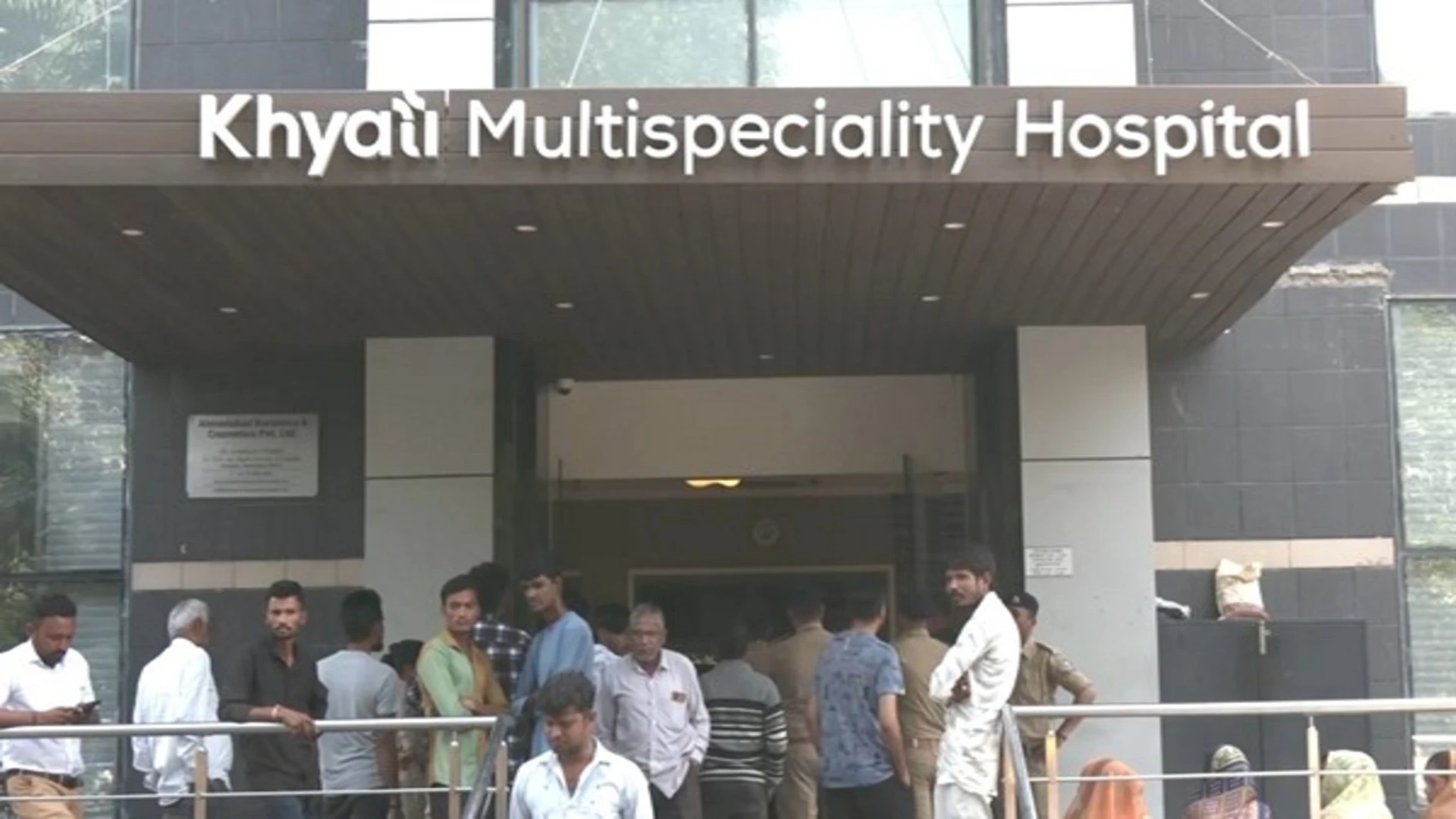
At the start of this piece, a reminder: the year is 2024—we are just 23 years away from celebrating a century of India’s Independence in 2047. India, the fifth largest economy in the world, is on track to become the third largest inside a year or two. It is possible that India may even become a developed nation by 2047, which would require more than doubling India’s current per capita GDP of $2,700 to over $6,000. The road to developed nation status is not easy, but it’s possible, and India is more or less on course. India is one of the topmost business destinations in the world. Apple has shifted a large part of its iPhone production base to India. India is the fourth largest automaker in the world, and the second largest mobile manufacturer behind China. India has brought out 415 million people out of poverty in just 15 years, according to the UN. India is a major military power. India is a hub of start-ups and unicorns. India is progressing and has a long list of achievements to boast of. Survey after survey says that Indians are among the most optimistic and confident in the world about their country’s future, and why not? Amidst all this, when decades of water has flown under the bridge, when the Soviet Union has disintegrated, when China has ditched hardline communist economic policies, when communist Venezuela has gone belly-up, suddenly Indians are being bombarded with talk about wealth redistribution, the foundation on which Marxism stands.
The year may be 2024, but the rhetoric is from the 1950s-1960s.
The Congress manifesto on the 2024 general elections couches the point on wealth redistribution in anodyne language: “Congress will conduct a nation-wide Socio-Economic and Caste Census to enumerate the castes and sub-castes and their socio-economic conditions. Based on the data, we will strengthen the agenda for affirmative action.” But the Gandhi siblings are assertive from every election platform. They are clear that an “X-Ray of the nation”, a “wealth survey” will be conducted and then wealth will be redistributed. As if this was not scary enough for the hard-working citizens of the country, in comes Sam Pitroda, president of the Indian Overseas Congress, and a close adviser of the Gandhi family, with hare-brained talk about imposing a 50-55% inheritance tax on the country, meaning that Indians will have to give to the government 50% of the value of the assets and wealth they inherit. It’s a different matter that the example of the country Pitroda gives, the United States, does not have any such tax at the federal level, and it is only two-three states out of the US’ 50 that have 10%-15% of such tax. India once had something called an estate duty tax where they had to give to the government 85% of their inherited property’s value. This was discontinued in 1985, by the government of Sam Pitroda’s friend and Rahul Gandhi’s father—Rajiv Gandhi. It’s a different matter that the Congress has gone into a damage control mode and is distancing the party from Pitroda’s comments, but the problem is the mindset from which such ruinous ideas emerge.
Every government formulates policy keeping the socio-economic situation of a country on mind. To say that policies are formulated only for the billionaires, and not for the common man, is political rhetoric. But then promising to formulate policies based on such rhetoric amounts to disruption, or revolution, as Rahul Gandhi describes it. The problem is that such revolutions have been tried by the communist countries, many of which have paid the heavy price of complete disintegration.
Importantly, any such plan of wealth X-Ray has an element of coercion and intimidation involved in it. It will entail bringing draconian laws where citizens are hounded to reveal their assets that are then confiscated. This will also mean a possible return to the dreaded days of the Inspector and Licence Raj, where increased government regulation of businesses stifle growth. Any redistribution will also result in the imposition of high taxes on industry, businesses, business people and entrepreneurs, making doing business difficult in the country. Industry will flee to greener pastures, killing job prospects and hurting people across income barriers. The fundamental point is, without wealth generation there cannot be wealth redistribution, as else, wealth redistribution becomes poverty distribution. Essentially, Rahul Gandhi is promising to overturn the economic reforms ushered in by his own party’s government under then Prime Minister P.V. Narasimha Rao and Finance Minister Manmohan Singh in the 1990s. Add to this the promise of giving Rs 1 lakh as dole to the unemployed youth and poor women of the country, every year, and the so-called revolution being promised by Rahul Gandhi is looking like complete economic ruin of the country.
All this may seem like a bad dream, but when the outlandish promises being made are taken to their logical conclusion, the reality will be a nightmare. The Congress, which has ruled India for decades, has always hovered in the space between centre and left-of-centre. What we are witnessing now under Rahul Gandhi’s de facto leadership is a turn to the hard-left. Congress needs to understand that such a path is detrimental to the country’s interest.
To end with where this piece started—in 2024, our goal should be progressing to 2047, not returning to the 1950s or 1960s.















